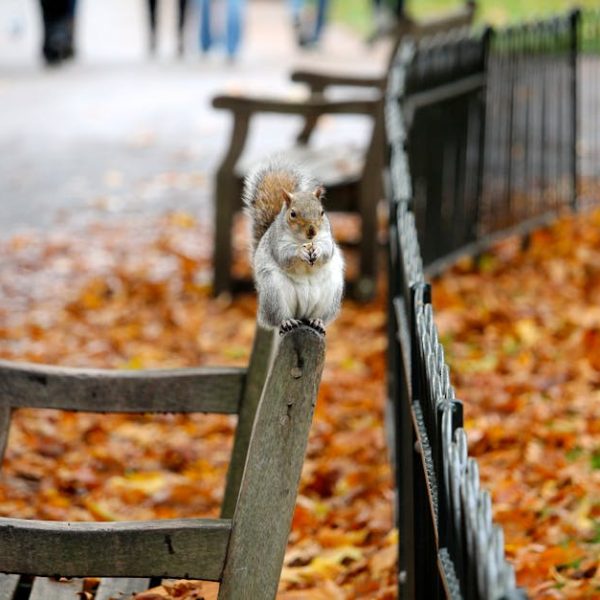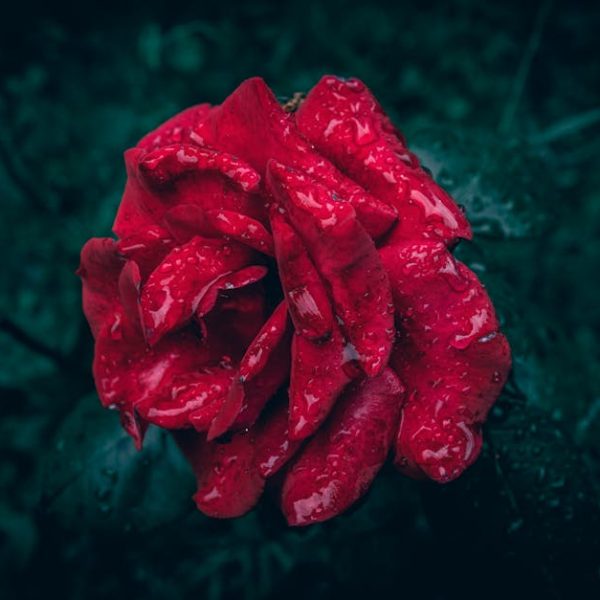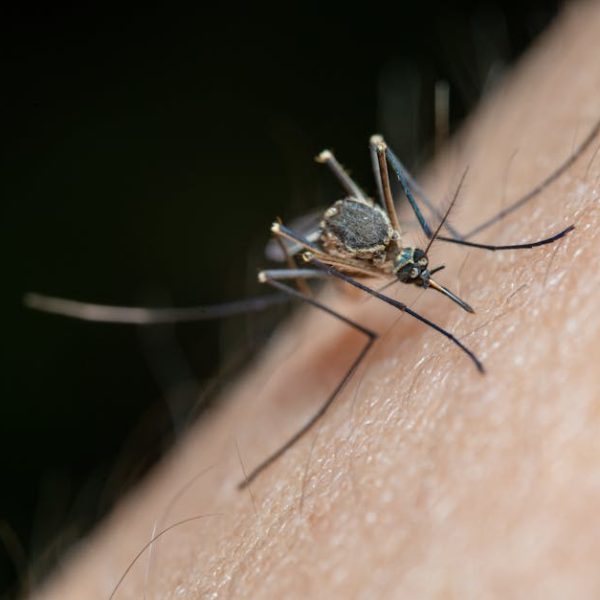A home garden brims with possibility: to create, to nurture, and to observe nature close at hand. Carnivorous plants add a unique aesthetic and intrigue to your green space. These captivating creations of nature are not only beautiful but also hardy, requiring basic gardening skills for successful cultivation. In this guide, we’ll introduce you to seven captivating carnivorous plants perfect for your home garden.
Venus Flytrap (Dionaea muscipula)
First, let’s start with the Venus Flytrap – an iconic carnivorous dynamo! Its jaw-like leaves dramatic snap shut to capture prey like flies and spiders. Its adaptation to poor soil conditions makes it an exciting addition to home gardens.
Best Practices:
- Ensure a sunny location and keep the soil consistently moist.
- Avoid fertilizing; their natural habitat lacks nutrients, so over-fertilizing can hurt them.
In terms of growth, care, and maintenance, Venus Flytraps may require a little more attention than varieties like the Pitcher Plant or Butterwort. Yet, with their dramatic displays, they are definitely worth the effort.
Pitcher Plant (Nepenthes spp.)
Pitcher Plants are intriguing with their large, colorful pitcher-like structures filled with digestive fluid. These unique mechanisms catch and digest insects, resulting in a fascinating spectacle in your home garden.
Checklists:
- Keep the soil damp but not waterlogged.
- Create a humid environment, particularly if kept indoors.
- Use low mineral water as tap water may have too many minerals that can hinder their growth.
Pro Tips: To prevent premature death, remove dried pitchers and keep the plant out of direct mid-day sunlight, which can cause sunburn.
Sundew (Drosera)
Sundew plants create a dazzling sight with their dew-like sticky traps known as mucilaginous glands. While these plants require humid conditions, they can add a touch of the exotic to your home garden.
Pros:
- They can adapt to various climates.
- Require relatively simple care.
Cons:
- They need high humidity.
- They might not survive harsh winters outdoors.
Best Practices:
- Water regularly to maintain humidity.
- Place them in bright spaces but avoid direct sunlight that’s too harsh.
With the captivating Venus Flytrap, the intriguing Pitcher Plant, and the mesmerizing Sundew under your gardening belt, you’re well on your way to creating a carnivorous show-stopper. Next, we will further explore the captivating world of carnivorous plants by introducing you to the Butterwort Plants, American Trumpet Pitcher, Bladderworts, and the Cobra Lily. Happy gardening!
Butterwort Plants (Pinguicula)
Often overlooked in comparison to their carnivorous counterparts, Butterwort Plants are a garden jewel. They are characterized by their sticky, gland-covered leaves that trap and digest their insect prey. They make a compelling addition to a home garden due to their striking looks and easy maintenance.
Comparisons:
- Unlike the Venus Flytrap’s dramatic snap or the Pitcher Plant’s colossal traps, Butterwort Plants function with a simple ‘sticky paper’ mechanism.
- They require less maintenance compared to other carnivorous plants, making them perfect for beginner gardeners.
Checklist for Care:
- Situate them in bright light, but avoid direct sunlight.
- Water moderately using purified water.
- Avoid fertilizing as they gain nutrients from captured insects.
American Trumpet Pitcher (Sarracenia)
Native to North America, the American Trumpet Pitcher captivates with its elongated, trumpet-like leaves that form stylish and deadly traps. It’s perfect for adding a dash of charm and a bit of bite to your home garden!
Pro Tips:
- Plant it in a half-sun, half-shade location and keep the soil evenly moist.
- Avoid disturbing the roots as they can be quite delicate.
Best Practices:
- Use rain or distilled water, as tap water may contain minerals harmful to the plant.
- Trim off the dry pitchers in winter to allow for new growth in spring.
Bladderworts (Utricularia)
The Bladderworts are unique with their underwater suction traps slyly hidden beneath pretty, delicate flowers. They add a dash of both beauty and intrigue to a home garden.
Checklist for Care:
- Always keep the plant in water, ideally a shallow dish of deionized or rainwater.
- Place them in a bright, sunny location.
- Clean away decaying material regularly.
Pro Tips: As Bladderworts were designed for underwater living, consider setting up a miniature pond or marsh-like garden for a captivating display.
Cobra Lily (Darlingtonia californica)
Last, but certainly not least, the Cobra Lily! Named for its snake-like appearance, this plant uses a pitfall trap to capture prey, making it another interesting choice for a home garden.
Comparison:
- The Cobra Lily shares similarities with other pitcher plants in its care needs, although it requires a cooler root system.
- It enjoys cooler, almost alpine conditions, distinguishing it from other, more tropical carnivorous plants.
Best Practices:
- The plant thrives in a cool, bright location with high humidity.
- Use cool, purified water to keep the roots as chill as possible.
To transform your home garden into a captivating carnivorous showcase, pay attention to each species’ specific care tips and requirements. With a careful balance of light, water, humidity, and occasionally a little garden-prey, you’ll have a garden that’s not only beautiful but also a fascinating testament to the adaptive wonders of nature.
Key Takeaway:
- A selection of 7 captivating carnivorous plants suitable for home gardens include Venus Flytrap, Pitcher Plant, Sundew, Butterwort Plants, American Trumpet Pitcher, Bladderworts, and Cobra Lily.
- Each plant holds unique characteristics, attracting and trapping its prey, creating a fascinating garden display.
- Though these plants require particular care conditions – considering light exposure, watering, and soil –, they can offer a refreshing look to indoor and outdoor home gardens.
- Cultivating different species can diversify the garden landscape, offering a dramatic interplay of aesthetics and functionality.
Taking the time to incorporate these fascinating carnivorous plants into your home garden means adding an exceptional touch. Just remember, these resilient plants persisted in harsh natural habitats for a reason. With the right care, your garden will be a spectacular display of nature’s ingenuity.
FAQs
Q: Are carnivorous plants harmful to humans or pets?
A: No, carnivorous plants pose no threat to humans or pets. Remember, they are evolved to trap and digest small insects, so you and your pets are safe around them.
Q: Do carnivorous plants need to be fed insects, or will they capture their own prey?
A: If you grow carnivorous plants outdoors, they will generally capture enough prey on their own. Indoor plants might need supplemental feeding.
Q: Will carnivorous plants deter pests from my garden?
A: While carnivorous plants do trap and eat insects, they aren’t (necessarily) a guaranteed pest solution.
Q: Can I grow different carnivorous plants together in one container?
A: While you can potentially grow different carnivorous plants together, you should ensure that their growth and care needs match for optimal results.
Q: How quickly do carnivorous plants grow?
A: The growth rate varies from species to species. Some may grow rapidly during a particular season, while others have a slow but steady growth rate year-round.
Feel free to share this article and explore more posts on our website to deepen your knowledge about home gardening – nature’s marvel awaits!






